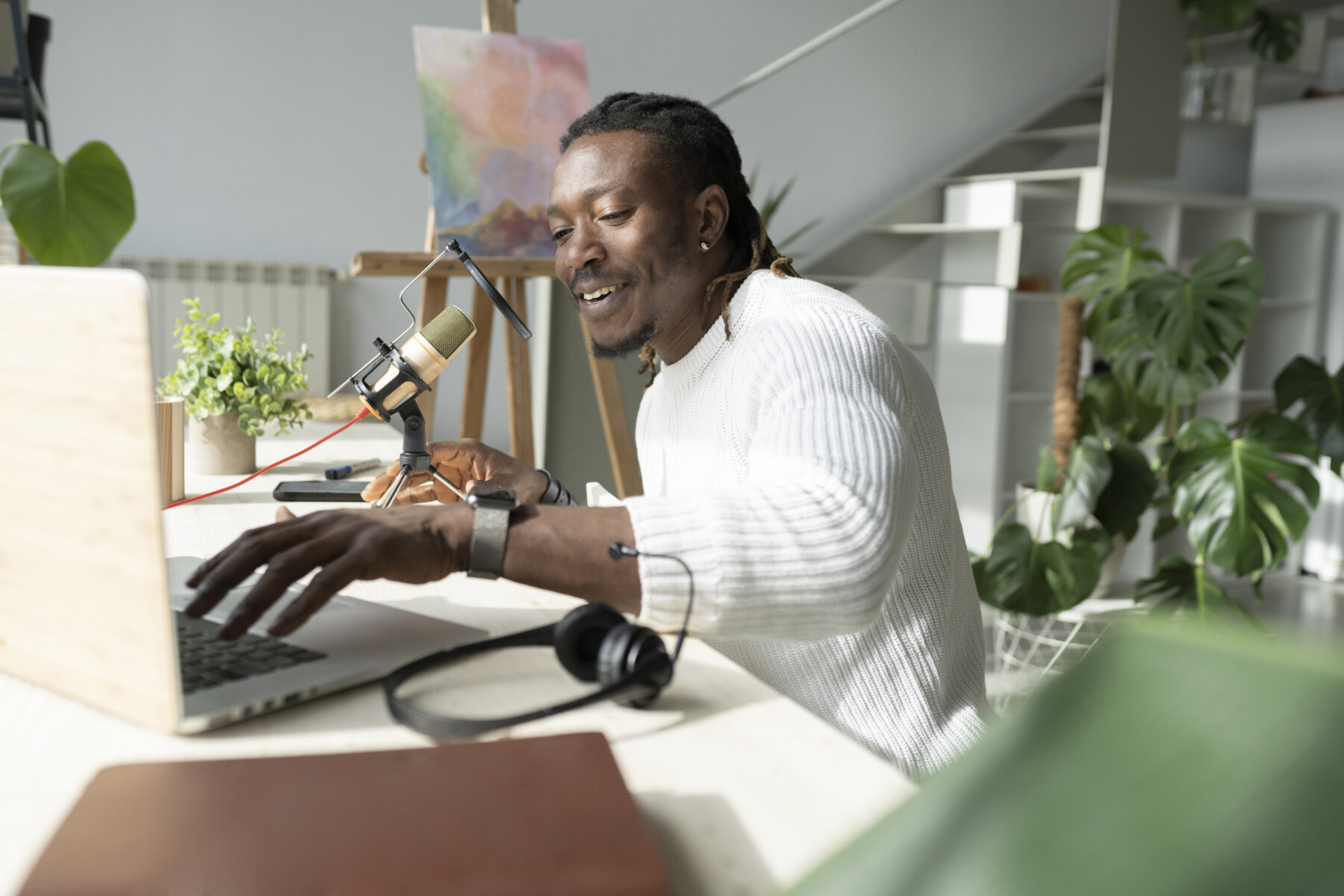
Journalist Jeffrey Lee fell in love with podcasting as a student at Arcadia High School in Southern California, making two audio shows, “History/Herstory” and “Keepin’ It Arcadia.” In college, he took his love of audio to the next level, joining a student-run radio show at the USC Annenberg School for Communication and Journalism.
Lee was ready to make audio his career when he applied for a podcasting internship at the Los Angeles Times during his final year. When he didn’t get it, he was disappointed. But he also saw the rejection as a wake-up call.
“That planted a seed in my head, and I realized this was going to be a lot more challenging to get a job in podcasting or radio than I thought it would be,” he said. “I decided to broaden my horizons while at Annenberg and thought I’d be remiss if I didn’t get some training in the TV news program.”
Lee worked as an anchor on the school’s student-run news show and put together a reel, which helped him secure his current job as a producer-in-residence at KFMB-TV in San Diego. He’s among many journalists to have trained and worked in multiple formats. According to a recent Muck Rack State of Journalism report, 74% of reporters produce content for more than one medium, whether it’s text, audio, TV, social media or newsletters.
A tough job market and an unpredictable media landscape have made pivoting necessary for reporters. As Politico reported, more than 3,000 news jobs were cut last year and 500 journalists were laid off in January alone. Laila Muhammad, a visiting assistant journalism professor at Loyola Marymount University in Los Angeles, suggests young journalists be flexible and get experience in multiple areas that interest them.
“I knew going in at age 24 that I wanted to be a TV reporter, asking the tough questions, getting the interviews and going live,” said Muhammad, who now, at 43, works as a correspondent for NBC Los Angeles’ “California Live,” a radio news anchor for iHeartMedia’s KFI-AM and a contributor to Sherri Shepherd’s TV talk show. “Even having interned in radio at the end of high school, I knew I could do something in radio one day, but I didn’t really fully pursue that until years later in California. So I would just say tap into all your talents early and become an expert in many areas.”
I spoke to several journalists who juggle multiple mediums. Here is their advice about the foundational journalism skills that can open up opportunities.
Strong writing ability
Freelance journalist Barbara Balfour started in print journalism, publishing articles in publications such as Elle, The Globe and Mail newspaper of Canada and Marriott Bonvoy Traveler. Over the next decade, she had some success in public speaking and transitioned into TV. Now she hosts and produces the Canadian weekly talk show “Ottawa Experts” on Rogers TV.
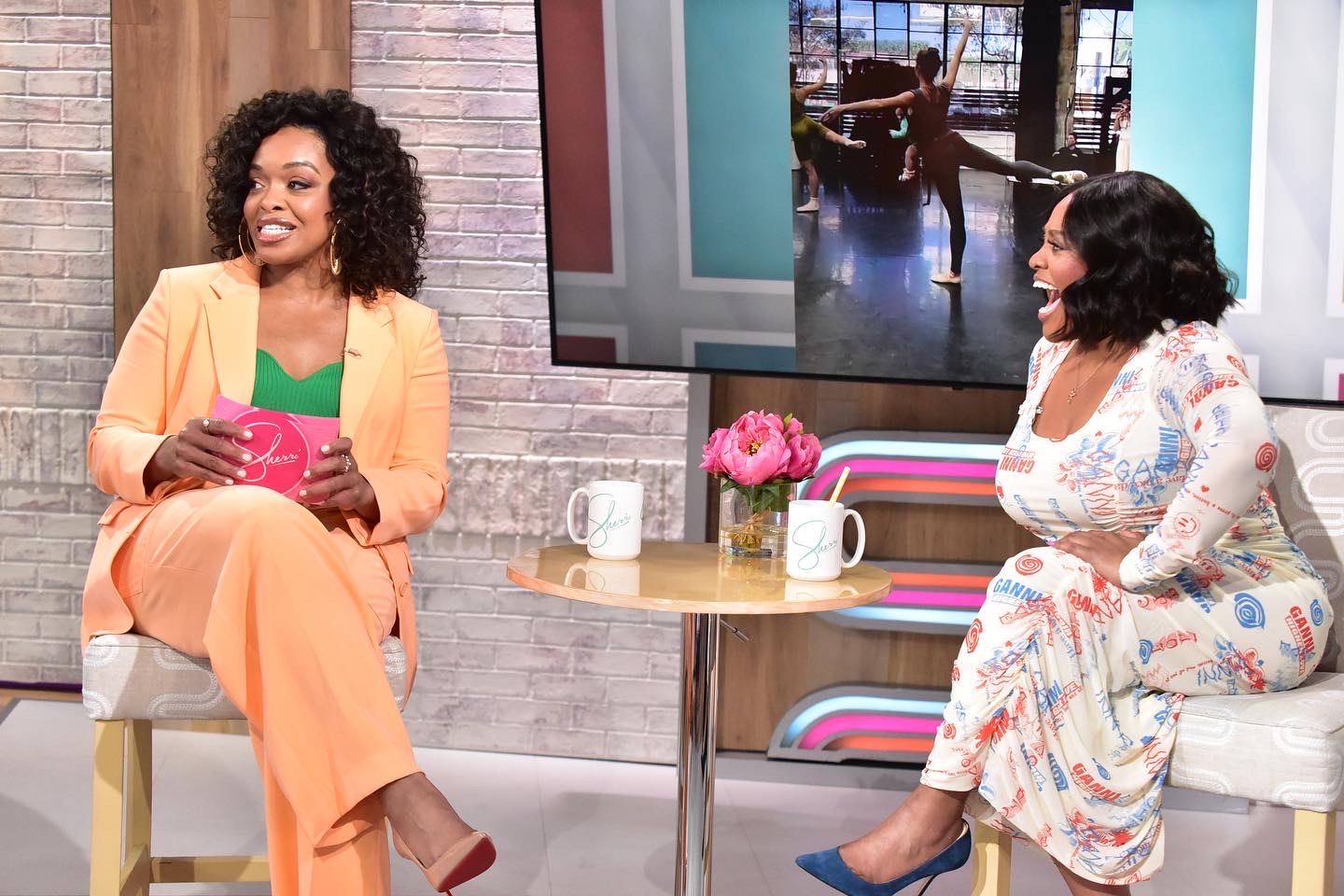
But whether Balfour is working with ledes and nut grafs or voiceovers and sound-on-tape, having good, strong writing has been the key to her versatility. “I think it’s essential to be a good writer, no matter what medium of journalism or storytelling,” she said. “Whether you’re more visual or audio, you still need to be able to use your words. It’s really important to be good right away, because that skill is just so transferable.”
Lee found sharp writing skills especially helpful in TV news. The stories are a maximum of 45 seconds long — they have to be brief, to the point and, sometimes, written as news breaks.
“I’ve had to float more than half my show, at one point, because a fire started in a neighborhood,” he said, referring to the practice of postponing stories in a TV news rundown. “While you’re in the [commercial] break, you’re furiously writing all the information you know and trying to write it for TV, as well trying to take out the firefighter-speak jargon and making it sound more like a human.”
No matter how long a story is or where it appears, writing is the foundation for young journalists’ careers, Muhammad said.
“Journalistic writing does not change,” she said. “You might have a minute and 15 seconds to tell that story on TV, and it might be 30 seconds on radio. But the skill sets are the same: storytelling, reporting, solid news judgment and strong writing.”
Good interviewing skills
Freelance journalist Colleen Hagerty started her career as an intern at NBC News. After 3½ years in New York local news, including NY1, she left to make digital videos for social media as a freelancer for NowThis News. Ultimately, it led her to a full-time supervising politics reporter/producer role at the company during the 2016 presidential election.
Later, she transitioned from making social media-friendly videos to writing text articles, including covering the aftermath of the 2018 Camp Fire for the BBC and Vox. But in each of those mediums, Hagerty used her foundation as a TV journalist — especially when it came to interviewing sources.
“For television, they always taught us to be careful about not cutting people off in their answers and give people space to complete their thoughts to make sure you have that clean edit,” she said. “But I’ve found that’s great advice for print, too, because it’s often in those silences when people have a second to step back from an answer and they’ll come back and say something really profound.”
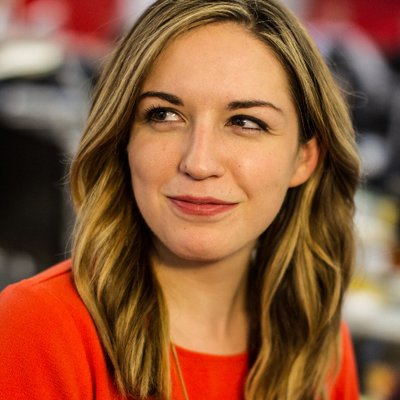
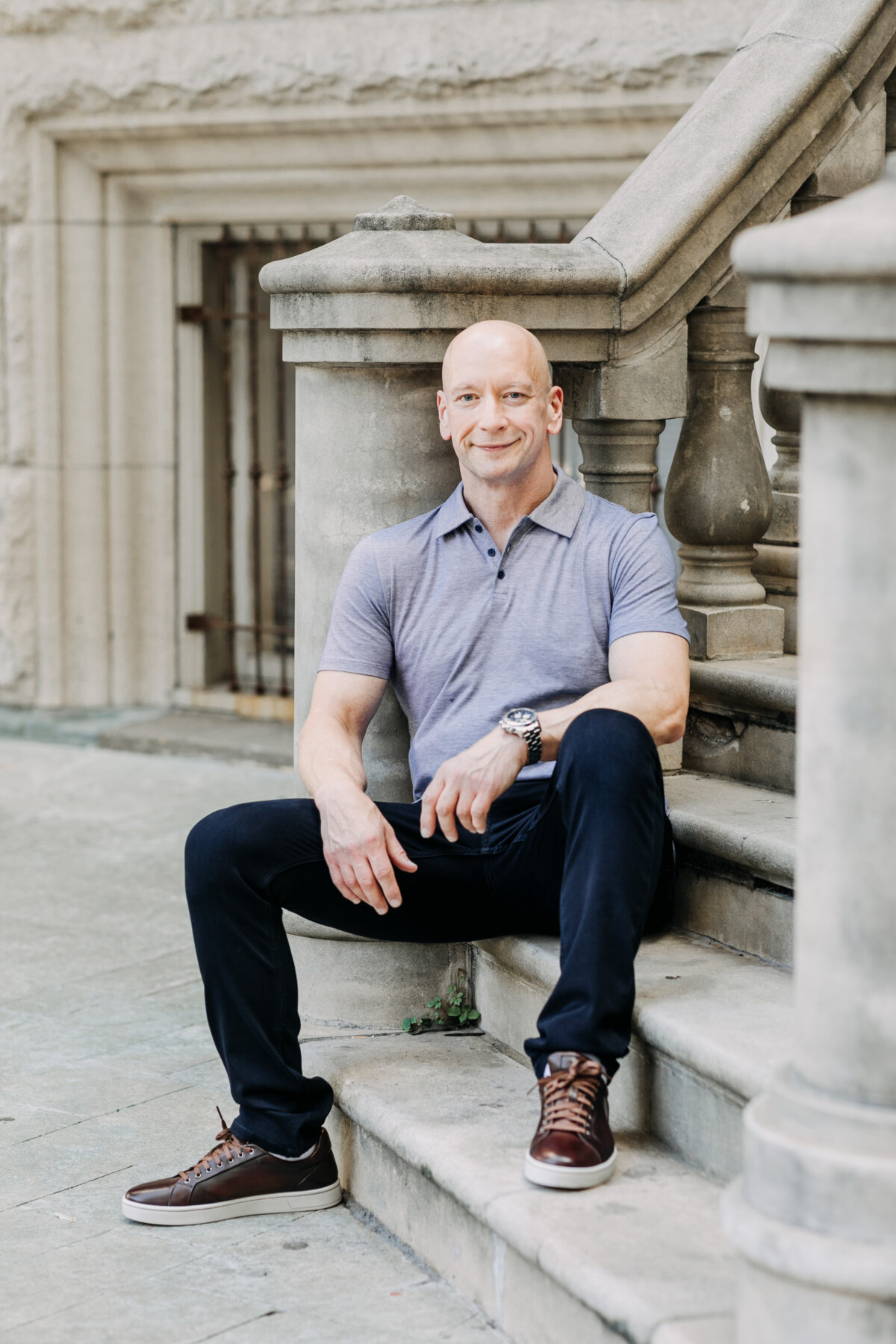
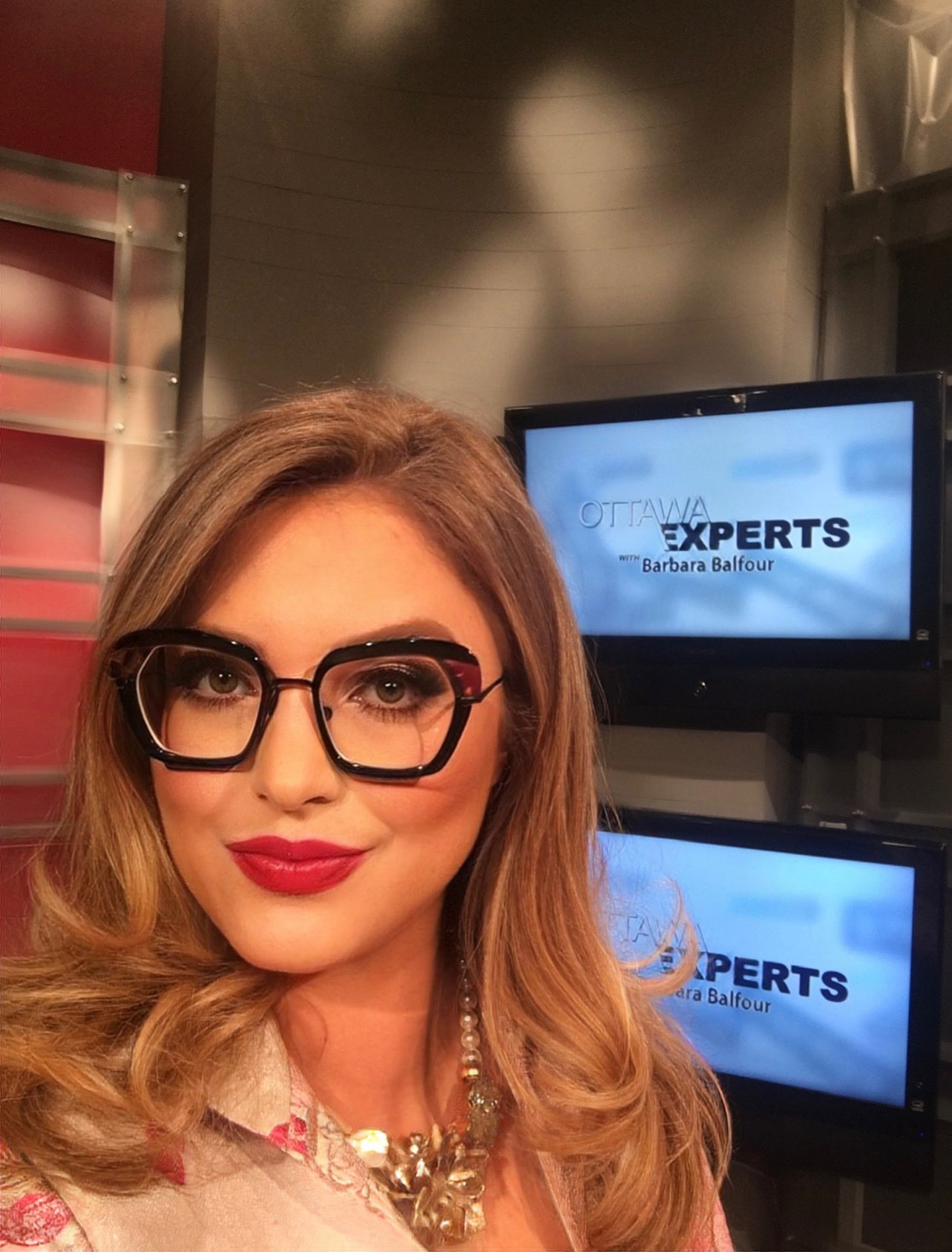
Some hiring managers for print and text publications have also seen the value in TV journalists’ interviewing skills. Hank Grezlak, the former editor-in-chief for ALM Media’s legal publications, including Law.com and The New York Law Journal, hired many broadcast journalists during his 30-year tenure because of their personable interviewing styles from TV news.
“I find that people with a broadcast background tend to be more comfortable talking to strangers, being personable and being assertive, but not in an aggressive way,” he said. “Being the pit bull reporter alone doesn’t cut it. You have to be assertive but have a polish, be able to relate to people and get them to open up.”
Embrace each medium’s particulars
One major change Balfour experienced going from writing text articles to TV news was thinking about her appearance. “When I’m writing an article, I’m interviewing people, and it’s usually over the phone, so they don’t see me,” she said. “Being able to present yourself and knowing what looks good on camera, knowing how to do your hair and makeup — that’s a whole other set of skills.”
When Muhammad became a radio news anchor, she realized that in that medium, she needed more than just facial expressions to convey emotions. Without any visuals, she leans on using her voice in creative ways, such as pacing, emphasizing key points and enunciation.
“The power behind your voice helps the storytelling,” she said. “I was already doing all that on TV, where you have video, but now I’ve had to use my voice for all of that in radio. I loved gaining that skill set.”
For Hagerty’s Vox feature, her editor sent her on assignment with a photographer. That was a major change from what she was used to as a multimedia journalist in TV news and social videos, where she often set up her cameras and gear on her own. “I felt very naked without all of my gear,” she said. “I used to use the camera setup time to chat with sources and explain what I was doing there. So for text, I had to shift in how I was relating to the people I was interviewing.”
More and more, publications are embracing the multimedia journalism skills of their reporters. While Grezlak was at ALM, he and his editors encouraged his text reporters to expand into video and audio content for social media and podcasts. For example, Mayfield posts weekly video roundups of legal cases on her LinkedIn account with support from her editor.
“We were always looking for people with a wide variety of skills,” he said. “When we found people who were good with video or with audio, we got them into doing podcasts and video segments.”
Willingness to learn
Muhammad was already a seasoned TV host and reporter when she began working as a radio news anchor. But the gig came with a new challenge: During her shifts, she needed to be her own board operator for the show. Anchoring is a hard job on its own, but Muhammad was willing to take on the equally tough job of adjusting her audio levels during the show, too.
“I anchor the same way I would anchor the news desk and TV, using my voice,” she said. “But the biggest learning curve was learning how to anchor while simultaneously operating a board.”
When Lee transitioned from audio to TV in college, he went from using audio recorders to using cameras. He had to learn video editing, which was a major adjustment. “My camerawork was shoddy at best,” he said. “I didn’t know the difference between writing for radio and writing for TV, so that was all stuff that I had to pick up. But I also thought this is definitely going to help me for future employment.”
Hagerty didn’t need to learn any new equipment when she began writing for print outlets, but she did need to pick up terms specific to the medium, like “nut graf.” She suggested young reporters interested in pivoting across mediums and picking up journalism skills should learn from their colleagues.
“When you are doing so many things, there are going to be things you are more skilled at and less skilled at,” she said. “I think it’s really a factor of identifying who in your newsroom you can talk to about the areas that you find challenging and how can you improve in those spaces. It takes a lot of practice to be able to do it well.”



